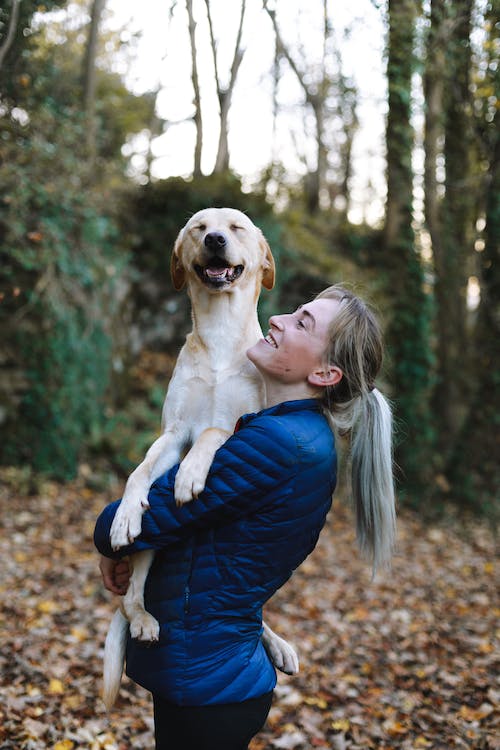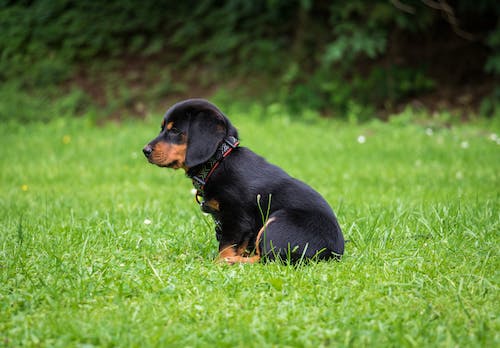Owning a dog can be a wonderful experience, full of fun, excitement and love. Part of having a great relationship with your dog is ensuring that they are well trained. Whether you just need him to understand the basics of obedience or want to show off his ability to learn complicated tricks, all training begins with understanding a few basic steps that can help you both get off on the right foot. Once you’ve learned the basics, the possibilities are almost limitless for you and your furry best friend!
Proper Training Begins with the "A, B C’s"
As with any kind of learning process, effective dog training begins with learning the "A,B,C’s":

A = Attitude
Dogs are very good at reading their owners emotions and they want nothing more than to please you, so your attitude during training is absolutely crucial. No matter how much you focus on teaching the commands and providing rewards, if you’re acting bored or frustrated or anxious, your dog will pick up on it and they’ll lose interest as well. Worse, your training sessions will take on a negative connotation for them, making it nearly impossible for your pup to stay with it and actually learn. Make sure you use a happy tone of voice, even if it sounds exaggerated and silly, so that your dog knows they’re doing what you want.
B = Basics
It may be tempting to teach your dog complicated commands right away but even if they’re a very smart dog and a quick learner, it’s always better to start with the basics first. Simple commands such as "sit", "stay", "lie down", and "shake" or "paw" may not seem like much but they form the foundation for the more complicated tricks. If your dog can’t pick up on these, they’re going to have a difficult time learning anything else. Plus, working on these basic building blocks will give you and your dog a chance to form a stronger bond.
C = Communication
Any good training program has to include strong communication. Dogs tend to think more simply than we do, so make an effort to communicate clearly and directly. Try to avoid repeating each command so that your dog associates one word with each action you want them to learn. Also, make sure that you pair whatever reward you’re using with the command the moment your dog successfully completes it so that there’s no confusion.

With these initial steps in mind, you should be able to build on your training and achieve success. Just remember to be consistent. You don’t need to train for hours on end, in fact most dogs won’t last that long before becoming bored, but practice makes perfect. Even five or ten minutes a day should be more than enough to get the point across. Better still, try to incorporate learning commands in with his regular daily routine by doing things like making them sit before you give your pup their food or before you put the leash on to go for a walk.
You can also use your basic obedience training to address common behavioral problems such as excessive barking. Just remember not to react harshly as your dog will pick up on that tone and react negatively too. Try to stay calm and be positive no matter how difficult that may be. While it is always possible to train an older dog, starting when your dog is a puppy can make it easier as they won’t have developed those bad habits yet and you can both avoid them.
Whatever your end goal, remember that training is an ongoing process that takes time and patience but when done properly it can help you to form a stronger, closer bond with your dog. If you take the right approach, you can both enjoy the journey through training and you’ll both be so much happier when you reach your destination!

